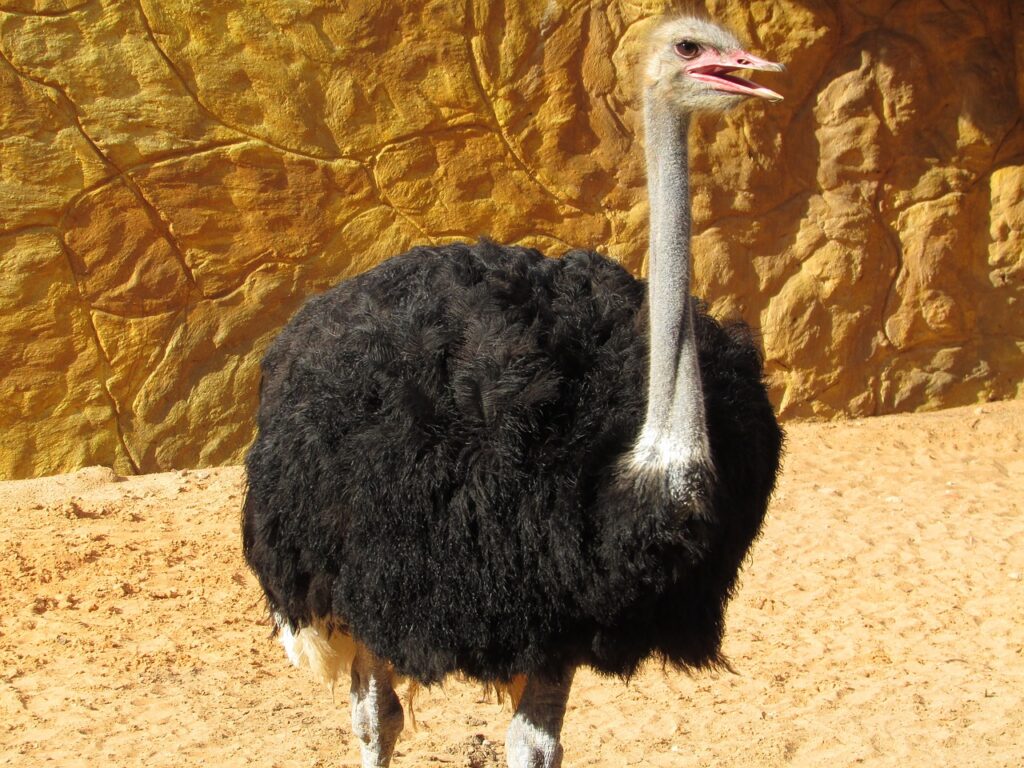Megafauna
Lemurs towering over 6 feet tall; sloths weighing up to four tons; tortoises growing over 2m long. These are a few examples of the Megafauna that dominated the world thousands of years ago.
These giant-sized mammoths existed in six continents: North America, South America, Europe, Asia, and Australia. But why don’t we see these large megafaunas anymore. Why don’t megafauna exist anymore in continents that they once dominated?
Could the extinction of the megafauna be similar to the extinction of the dinosaurs in which an asteroid struck the earth? Another possibility is rapid climate change? However, one of the leading theories is that humans caused the megafauna extinction.

However, Most of the megafauna that existed have gone extinct in all but one continent, Africa. Why did so many species of Megafauna go extinct only in the last 10,000 years? Why are megafaunas in Africa the only surviving Megafauna.
Megafauna around the world
Last saturday I spent my day volunteering in Raleigh, North Carolina Museum of Natural Sciences. A special event was going on that day called Darwin’s day. Darwin’s day is an annual event that the NC Museums of Natural Sciences holds. This is an event in which scientists come in to talk about Darwin and his theories.
One of the guest speakers talked about a fascinating topic: Lemurs. This table was set up by guest speakers from Duke Lemur Center. The guest speakers brought in a few skulls of lemurs and some fliers. There were all different sizes of lemur skulls. However, one skull stood out particularly to me. It was a skull almost twice as big as a human skull. It was the largest lemur skull out of all the skulls. This astonished me. I never realized lemurs were ever this big.
What I later found out was that these large lemurs used to be common in Madagascar. In Madagascar, there were at least 17 different species of giant lemurs. The largest of these species of giant lemur was Archaeoindris fontoynotii, which could weigh up 330-550 pounds. The Archaeoindris fontonynotii dominated the grasslands of Madagascar. Their diet was composed mainly of leaves.
Giant Lemurs weren’t the only megafauna that lived in Madagascar. Other species of megafauna also lived in Madagascar like the elephant birds, giant lemurs, and dwarf hippos.
Similar to giant lemurs, elephant birds and dwarf hippos were herbivores, whose diets were mainly composed of plants and fruits. The elephant birds were flightless birds that could grow up to 10 feet tall and weigh up to 1,000 pounds. The dwarf hippos could grow up to 6.5 feet long and 2.5 ft tall.
I’ve now described a few examples of megafauna that lived in Madagascar. But you are probably wondering, what happened to them? How can such massive animals go extinct? Scientists have developed three hypothetical situations to answer these questions. These hypothetical situations are called the overkill hypothesis, the over chill hypothesis, and the overgrill hypothesis. The hypothesis that most scientists agree with is the overkill hypothesis which argues that humans were responsible for the late Pleistocene extinction of megafauna in Northern Eurasia and North and South America. The over chill hypothesis presents a different case in which cold climate change killed off the megafauna. The other hypothesis, overgrill hypothesis, hypothesizes that the impact of a comet composed of ice destroyed the Megafauna.
Most scientists agree that overkill hypothesis was the most likely candidate. There have been evidence to support this claim. For instance, scientists have found cut marks were found on bones and sharp tools, weapon points embedded in animal bones, human fossil tracks, and pit traps with animal traces. These examples demonstrated that humans once interacted with Megafauna which could have led to their extinction.
Although we don’t get to see 6 foot lemurs on an every day bases, there are megafauna that still exist around the world. Next time you visit Africa, be sure to visit some of the last remaining terrestrial megafauna: elephants, giraffes, hippopotamuses, rhinoceroses, and large bovines.

sources
https://www.guinnessworldrecords.com/world-records/83195-largest-lemur